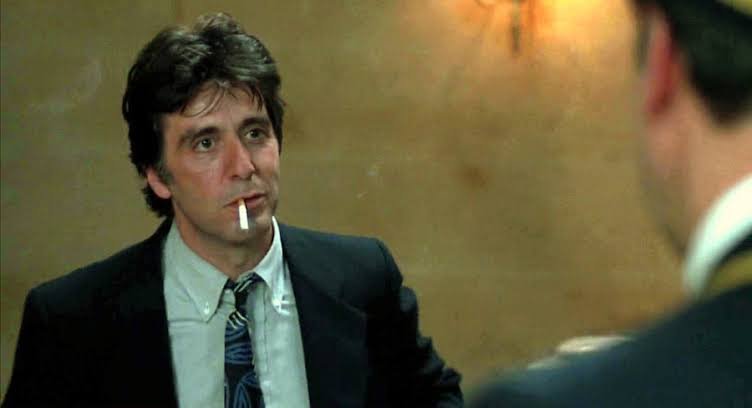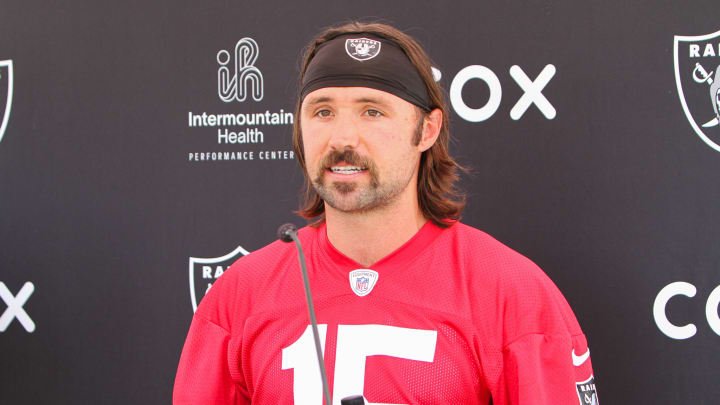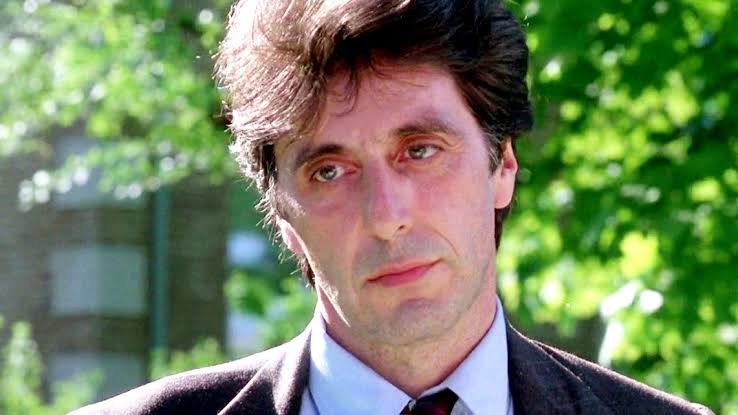
Al Pacino: A Journey Through His Breakthrough Roles
Al Pacino, an actor synonymous with intensity and a commanding presence, has carved a unique niche in Hollywood history. With a career spanning over five decades, Pacino’s breakthrough roles have become iconic, each contributing to his status as a cinematic legend.
Pacino’s journey to stardom began with a series of stage performances, but it was his film debut in 1969’s “Me, Natalie” that marked his entry into the world of cinema. However, it was his role in “The Panic in Needle Park” (1971) that truly set him on the path to stardom. Portraying Bobby, a heroin addict struggling with his demons, Pacino’s raw and authentic performance garnered critical acclaim, showcasing his ability to delve deeply into complex characters.
The turning point in Pacino’s career came with Francis Ford Coppola’s “The Godfather” (1972). Cast as Michael Corleone, Pacino’s portrayal of the reluctant mafia heir turned ruthless leader was nothing short of groundbreaking. Despite initial skepticism about his casting, Pacino delivered a performance that was both nuanced and powerful, earning him his first Academy Award nomination for Best Supporting Actor. The film’s success catapulted Pacino into the spotlight and solidified his place in Hollywood.
Following the success of “The Godfather,” Pacino continued to take on challenging roles. In 1973, he starred in “Serpico,” a film based on the true story of Frank Serpico, an honest cop who exposed corruption within the New York City Police Department. Pacino’s portrayal of Serpico was intense and convincing, earning him a Golden Globe Award for Best Actor and another Academy Award nomination, this time for Best Actor.
Pacino’s momentum continued with his reprisal of Michael Corleone in “The Godfather Part II” (1974). His performance further explored the character’s transformation and internal conflict, earning him yet another Academy Award nomination for Best Actor. The film itself became a critical and commercial success, further cementing Pacino’s reputation as one of the finest actors of his generation.
In 1975, Pacino starred in “Dog Day Afternoon,” a film based on a real-life bank robbery. His portrayal of Sonny Wortzik, a desperate man who turns to crime to fund his lover’s sex reassignment surgery, was both sympathetic and compelling. The film’s intense emotional landscape allowed Pacino to showcase his range, leading to another Academy Award nomination for Best Actor.
The 1980s saw Pacino taking on a variety of roles, but it was his portrayal of Tony Montana in “Scarface” (1983) that became a cultural phenomenon. Directed by Brian De Palma and written by Oliver Stone, the film’s depiction of Montana’s rise and fall in the drug underworld was both controversial and iconic. Pacino’s larger-than-life performance, characterized by its intensity and memorable lines, solidified “Scarface” as a cult classic.
Throughout his career, Pacino has continued to take on diverse and challenging roles, from the blind Lieutenant Colonel Frank Slade in “Scent of a Woman” (1992), for which he won his first Academy Award for Best Actor, to his portrayal of real-life figures like Jimmy Hoffa in “The Irishman” (2019). His ability to inhabit a wide range of characters with depth and authenticity has made him one of the most respected and enduring actors in Hollywood.
Al Pacino’s breakthrough roles not only established him as a formidable talent but also contributed to the evolution of cinema. His performances have left an indelible mark on the industry, inspiring generations of actors and filmmakers. As he continues to work and evolve as an artist, Pacino’s legacy remains a testament to the power of dedication, talent, and an unyielding passion for the craft of acting.


